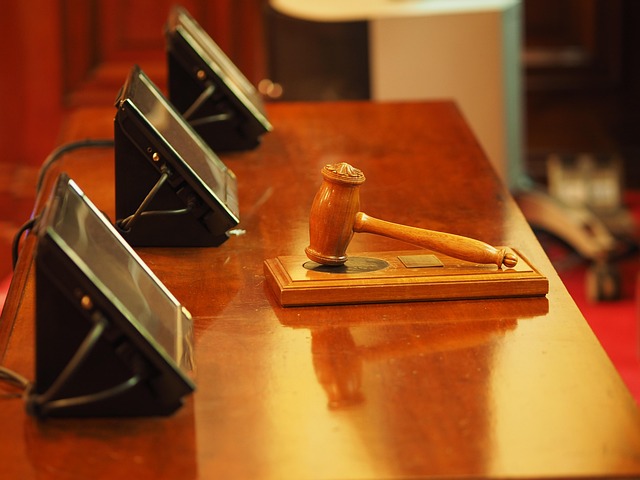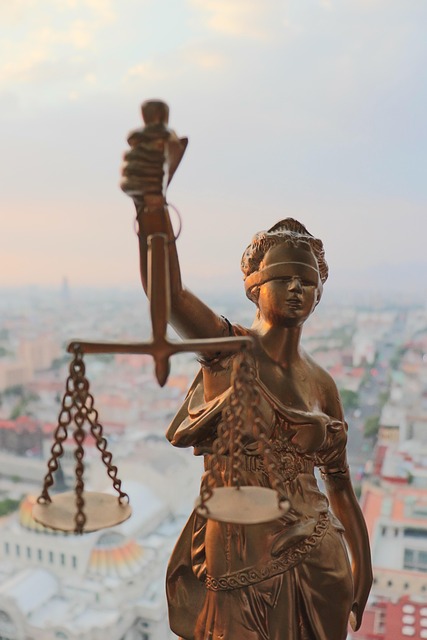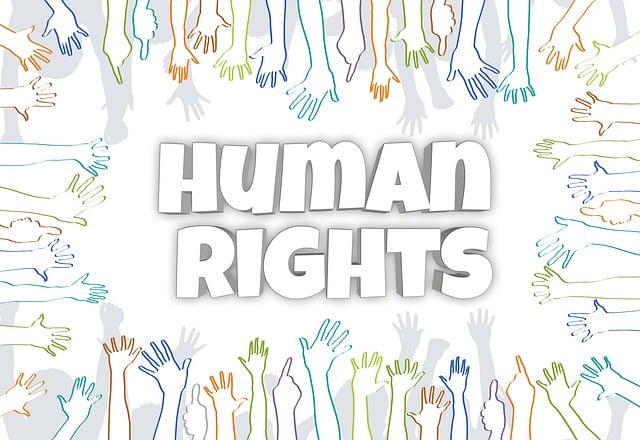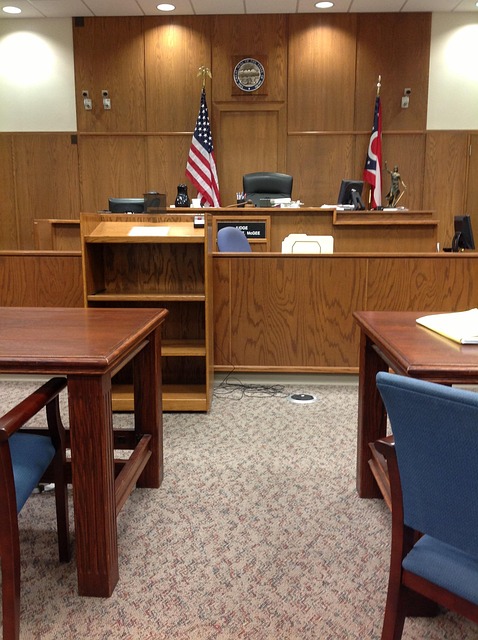After a bike accident, seek immediate medical care and document key evidence like injuries, property damage, witness statements, and insurance interactions. Clearly communicate your version of events and provide detailed documentation to streamline claim process and secure compensation for injuries and damages. Honesty with insurance adjusters prevents delays or denials, avoiding potential legal complications.
After a bike accident, navigating insurance claims can be daunting. This guide helps you understand your rights, gather essential evidence, and effectively communicate with insurers. Bike accident claims require meticulous documentation and clear communication to ensure fair compensation for injuries, damages, and losses. By following these steps, you’ll be better equipped to navigate the process successfully, securing the settlement you deserve.
- Understanding Your Rights in Bike Accident Claims
- Gathering Evidence and Documenting Your Case
- Effective Communication with Insurance Adjusters
Understanding Your Rights in Bike Accident Claims

When involved in a bike accident, understanding your rights is crucial for navigating the claims process effectively. As a cyclist, you have the right to seek compensation for any injuries or damages incurred due to someone else’s negligence. This includes medical expenses, rehabilitation costs, and even lost income if the accident prevents you from working. In many cases, insurance companies play a significant role in resolving such claims, whether it’s your own insurance or the at-fault party’s liability coverage.
Knowing your rights involves familiarizing yourself with the legal aspects of bike accident claims. For instance, in some jurisdictions, there are specific laws and regulations governing cycling safety and accident compensation. It is also important to understand the difference between a bicycle crash and a slip and fall incident, as the former often requires different legal strategies compared to the latter. Moreover, if your accident involves a nursing home or another institution’s negligence, consulting with a car accident lawyer specializing in such cases can be immensely beneficial for ensuring you receive fair compensation.
Gathering Evidence and Documenting Your Case
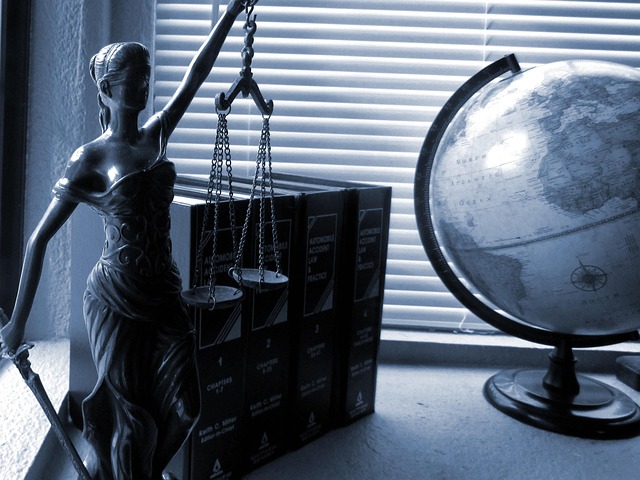
After a bike accident, your initial focus should be on your well-being and ensuring proper medical treatment. However, as soon as you’re able, it’s crucial to start gathering evidence that will strengthen your bike accident claim. This includes taking photos of injuries, property damage, and the scene of the accident. Get contact information from witnesses who can corroborate your version of events. Medical records, police reports, and any other relevant documentation should be meticulously organized and stored.
Documenting your case isn’t just about gathering physical evidence; it also involves keeping detailed records of your experiences. This includes logging conversations with insurance adjusters, tracking communication with your attorney (if you’ve consulted one), and recording the progress of your client recovery. These steps are essential to ensure a robust accident compensation claim and to hold insurance companies accountable for any fiduciary duty breaches.
Effective Communication with Insurance Adjusters
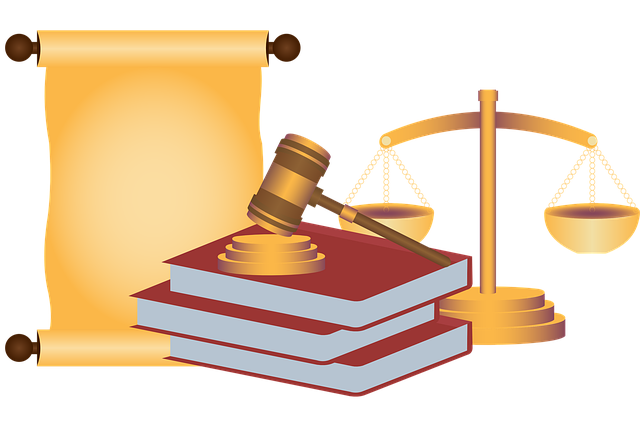
Effective communication is key when navigating a bike accident claim with insurance adjusters. Clearly and concisely stating your version of events, including the circumstances leading up to the accident, can help establish your case. It’s important to provide detailed information about your injuries, treatment, and any financial losses incurred. Insurance adjusters will want to verify these details through documentation such as medical records, bills, and even police reports.
Being open and honest during conversations with adjusters is crucial. While it’s normal to want to protect yourself, misleading statements can complicate the claim process and potentially lead to delays or denial of your bike accident claim. Remember, adjusters are professionals trained to assess claims, so presenting all relevant information upfront streamlines the process. This approach also helps avoid misunderstandings that could escalate into more complex issues, like wrongful death cases or commercial disputes, which often require legal intervention.
Navigating an insurance company after a bike accident can be daunting, but understanding your rights, gathering solid evidence, and maintaining clear communication are key to successfully pursuing a bike accident claim. By following the steps outlined in this article—from recognizing your legal standing to effectively interacting with adjusters—you’ll be better equipped to advocate for yourself and potentially secure the compensation you deserve.

